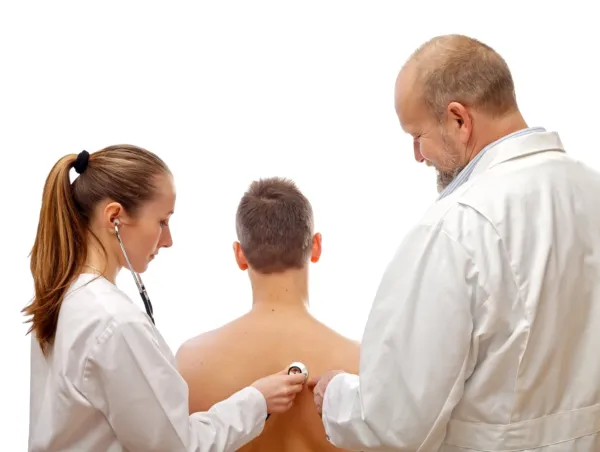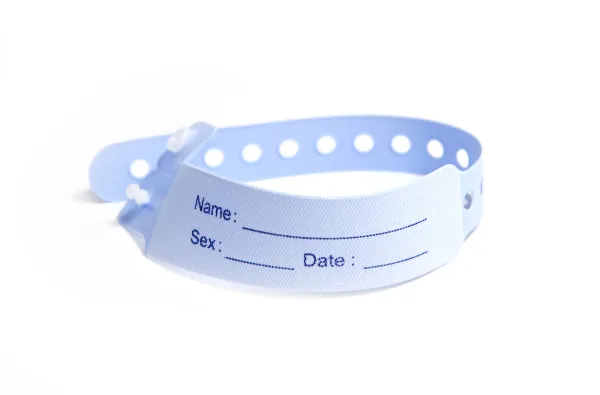Pulmonology Coding Alert
E/M Coding:
Can You Code These Pulmonology-Focused E/M Case Studies?
Published on Tue May 04, 2021

You’ve reached your limit of free articles. Already a subscriber? Log in.
Not a subscriber? Subscribe today to continue reading this article. Plus, you’ll get:
- Simple explanations of current healthcare regulations and payer programs
- Real-world reporting scenarios solved by our expert coders
- Industry news, such as MAC and RAC activities, the OIG Work Plan, and CERT reports
- Instant access to every article ever published in Revenue Cycle Insider
- 6 annual AAPC-approved CEUs
- The latest updates for CPT®, ICD-10-CM, HCPCS Level II, NCCI edits, modifiers, compliance, technology, practice management, and more
Related Articles
Other Articles in this issue of
Pulmonology Coding Alert
- E/M Coding:
Can You Code These Pulmonology-Focused E/M Case Studies?
It’s a good time to confirm that your 2021 E/M coding skills are up to [...] - Modifiers:
Use Modifier 22 to Unlock Pay for This Complex Op Note
Hint: Be ready to justify the reasons you went beyond the code descriptor. As everyone [...] - Make Your Modifier 22 Case With These Tips
Extra effort, time are important, experts say. Before sending that modifier 22 (Increased procedural services) [...] - You Be the Coder:
Can You Report CPAP Interpretation?
Question: When a patient brings a CPAP computer drive to the pulmonologist and the pulmonologist [...] - Reader Questions:
Stay in ‘J’ Section of ICD-10 for Associated COPD Conditions
Question: Thanks for your guide to COPD diagnoses last month — we were particularly interested [...] - Reader Questions:
Don’t Discard Remittance Advice
Question: We received provider remittance advice from an insurance company. What can we do with [...] - Reader Questions:
Assess PHI Risk When Calling Patient Names
Question: Is it OK to call out full names in a waiting room? Can you [...] - Reader Questions:
Inpatient E/M Services Are Billable Under Telehealth
Question: Can we report inpatient telehealth E/M services to Medicare? This has happened in some [...] - Reader Questions:
In Which Settings Can We Report Critical Care?
Question: We often perform critical care (99291-+99292) for our pulmonologists who do rounds in the [...] - Reader Questions:
Discover How to Respond to Demand Letter
Question: Our practice just received a “demand letter” from our Medicare Administrative Contractor (MAC) insisting [...]
View All




